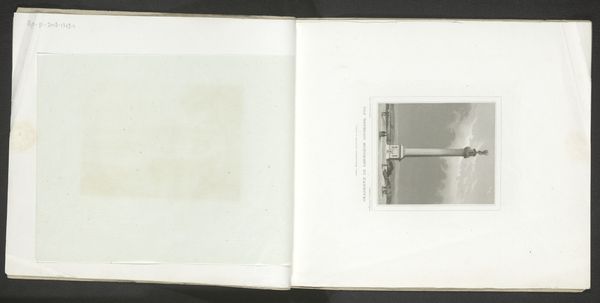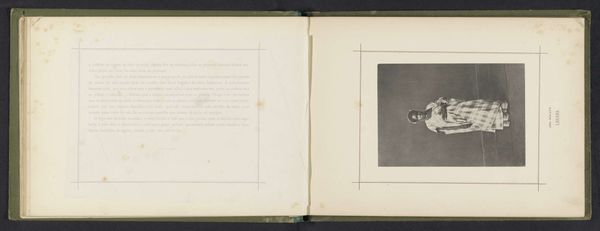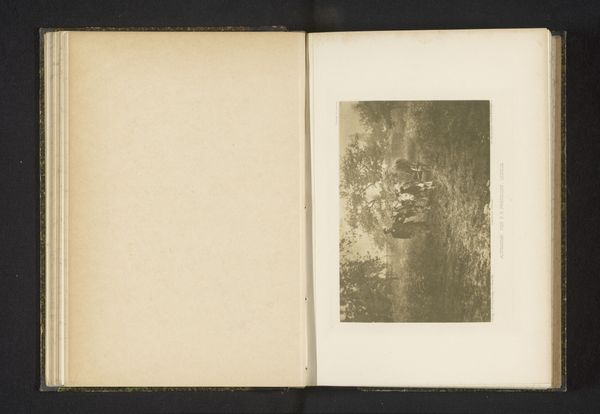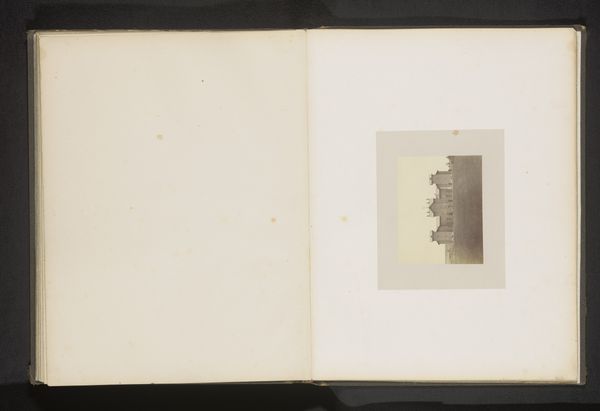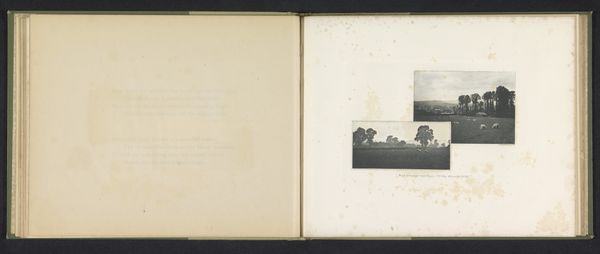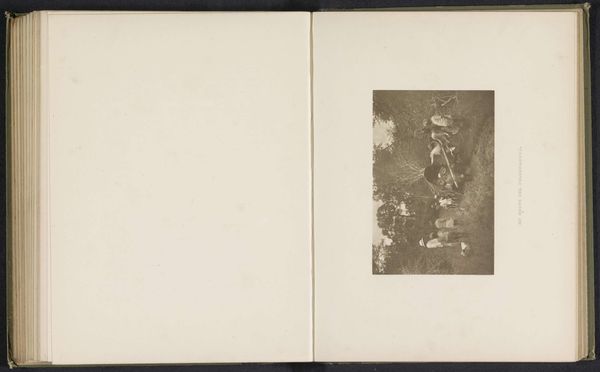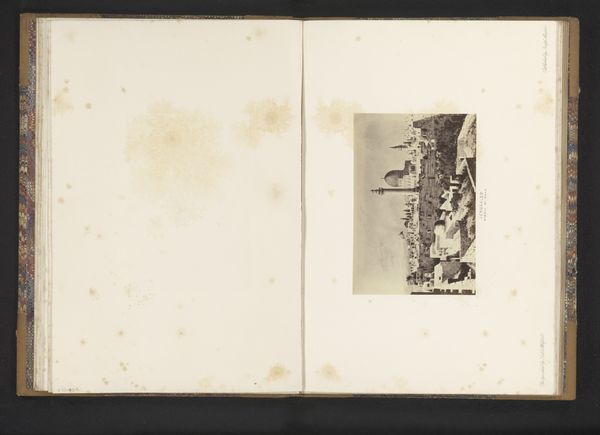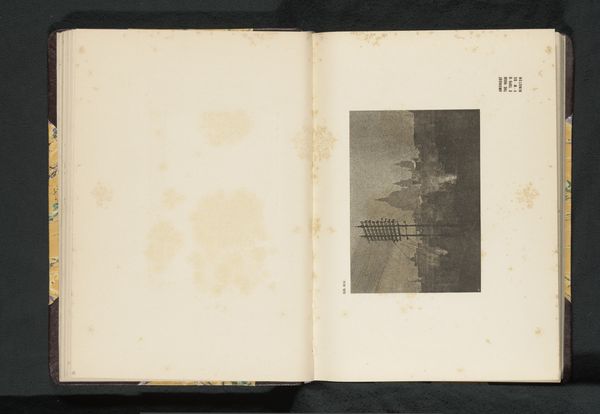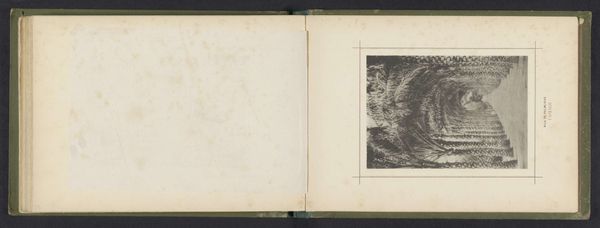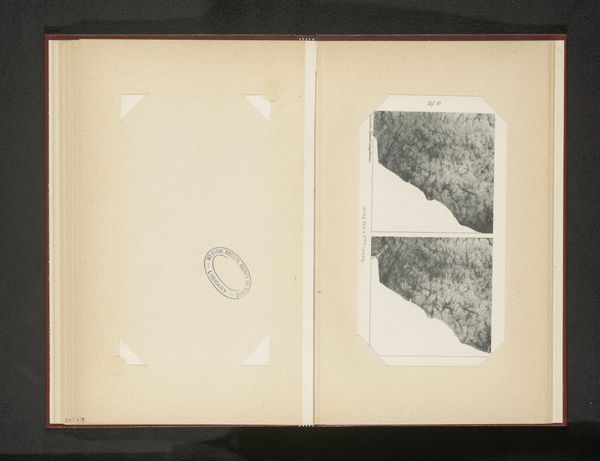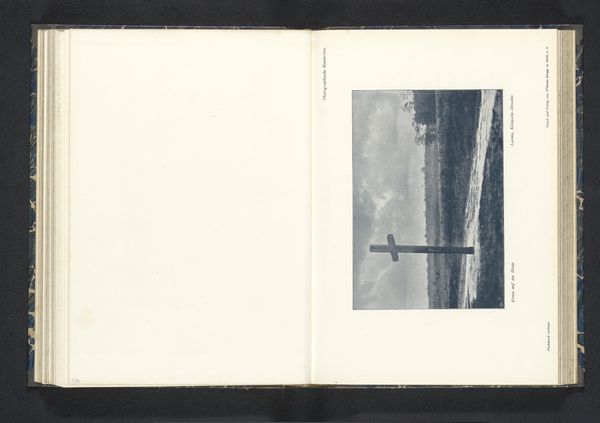
print, photography, sculpture
#
portrait
# print
#
photography
#
sculpture
Dimensions: height 162 mm, width 115 mm
Copyright: Rijks Museum: Open Domain
Editor: So, this is a photographic print of the "Monument voor Pedro Alexandrino da Cunha te Luanda," dating back to before 1886, from José Augusto da Cunha Moraes. I am immediately struck by the formality and its commemorative feel. What do you make of it? Curator: The choice of photographing a monument tells us much about the cultural landscape. Monuments, then and now, are powerful symbols of public memory, designed to reinforce certain values and narratives within society. It invites us to consider, who was Pedro Alexandrino da Cunha? Editor: That's a great question! Let’s assume Cunha was a person of significance in Luanda, a figure deemed worthy of remembrance. Does the act of erecting and then photographing a monument suggest about Portuguese colonial ambitions in Angola at that time? Curator: Precisely. It speaks volumes about the politics of representation. The creation of a monument, particularly in a colonial context, implies an assertion of power, dominance, and an attempt to legitimize colonial rule through the creation of historical narratives. Also, think about where the photograph ends up. Is it primarily intended for viewing in Europe? What does circulating images of these monuments do to colonial power? Editor: I never thought of that. It highlights how images themselves become tools. The photograph turns the sculpture, which is already charged with symbolism, into a portable piece of propaganda almost. It is definitely an interesting play with memory and authority! Curator: Indeed! It's a reminder that art doesn't exist in a vacuum; it is actively used in various socio-political contexts. Seeing it reminds us that art holds a central role in culture and history.
Comments
No comments
Be the first to comment and join the conversation on the ultimate creative platform.
